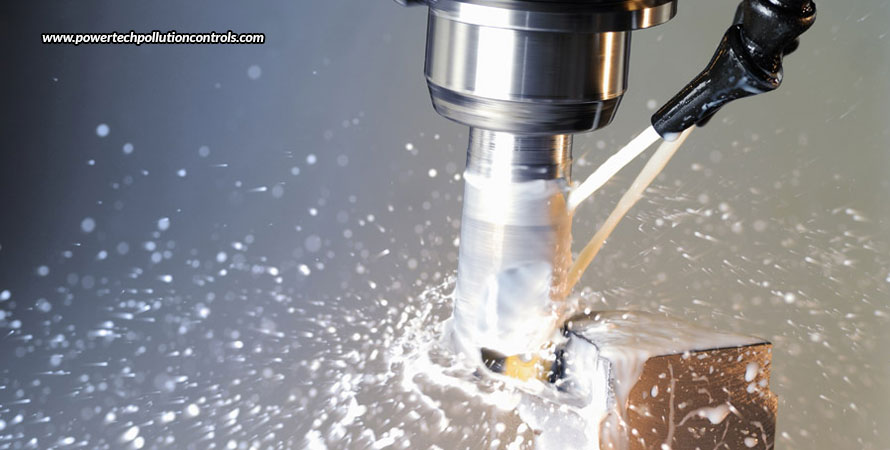
Understanding Oil Mist And Its Hazards
Small oil droplets, created when lubricating oils or coolants are agitated or atomized by high-speed machinery or processes, resulting in the dispersion of small oil particles suspended in the air, is what is referred to as oil mist. such oil mist can be generated in a variety of industrial operations, including machining, metalworking, cutting, grinding, and other processes involving the use of oils or coolants.
How is oil mist generated?
Oil mist is created when the force or heat produced by mechanical activities causes the oil or coolant to break up into microscopic droplets, which then rise to the surface of the air and condense into a mist. Depending on its density, the mist may seem as a hazy or fog-like substance. And, depending on the kind of oil or coolant being used in the process, the oil mist’s composition can change. Whatever kind of mist or however it may appear, one basic property of oil mist particles is that the mist’s oil droplet size would range from only a few micrometres to submicrons in size.
Oil mist hazards
Oil mist has the ability to disperse and disseminate throughout the area of the source as well as neighbouring workstation locations. Airflow, ventilation setups, and the presence of barriers or containment techniques all have an impact on how oil mist disperses. When dispersed so far and wide, oil mist can present a number of risks to both human health and the working environment.
Oil mist particles that are breathed in might irritate the respiratory system, which may result in respiratory irritation, breathing difficulties, and exacerbating existing respiratory conditions such as asthma or chronic obstructive pulmonary disease. Direct contact with oil mist can lead to skin irritation, rashes, and dermatitis. It may also cause eye irritation, and result in conjunctivitis or other eye infections. In addition, prolonged or chronic exposure to oil mist may increase the risk of developing more serious health conditions, including occupational asthma and bronchitis.
Other than causing health problems for humans, oil mist can also impact the equipment and machineries involved in the operations. Oil mist can condense and cause the buildup of greasy residues on machinery, electrical parts, and other equipment, which may prevent equipment from operating as it should, decrease efficiency, and necessitate more maintenance, which could lead to expensive repairs or equipment failure.
What needs to be done?
To mitigate the hazards brought on by oil mist, adequate control measures must be put in place, such as the use of mist extraction devices or oil mist collectors. Oil mist collectors are crucial pieces of equipment in industrial settings where oil mist is produced because they provide a workable way to reduce health concerns, enhance air quality, and maintain legal compliance. By efficiently lowering exposure and upholding a safer working environment, these systems are made to collect and eliminate oil mist particles from the air. Businesses may give their employees a safer and healthier work environment while also having less of an impact on the environment and machinery by investing in high-quality oil mist collectors. One such oil mist collector is the Mistkiller from Powertech Pollution Controls, that works on a high-efficiency centrifugal design, intended to capture and control most types of mist, generated by the use of water-based coolants or water-based liquids.
In addition, personal safety equipment and suitable ventilation systems should also be employed. Controlling oil mist exposure also requires regular monitoring of oil mist levels, adequate maintenance of machinery and equipment, and adherence to occupational health and safety laws. To protect worker health and wellbeing and maintain a secure and successful workplace, it is essential to comprehend the risks posed by oil mist and put into place efficient management measures.


